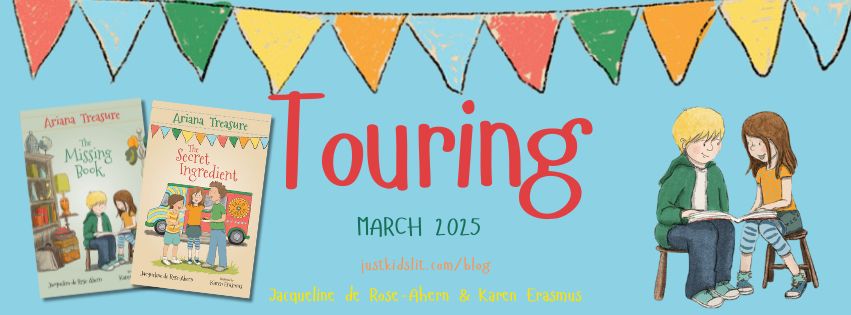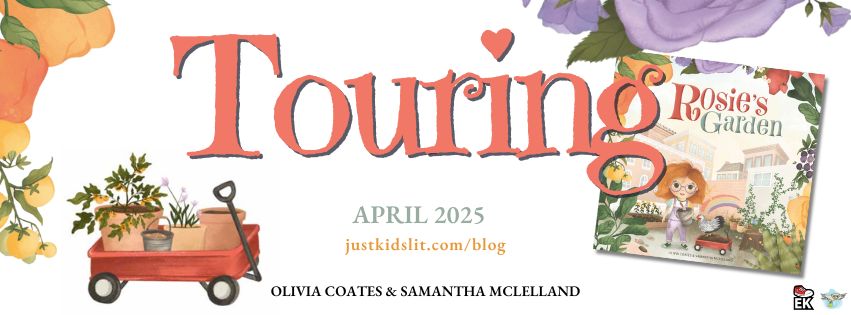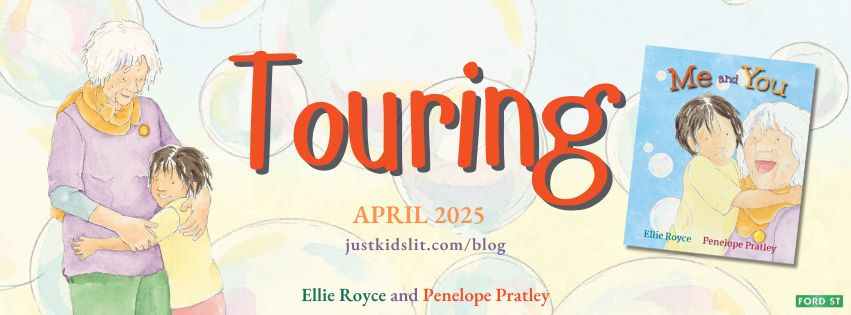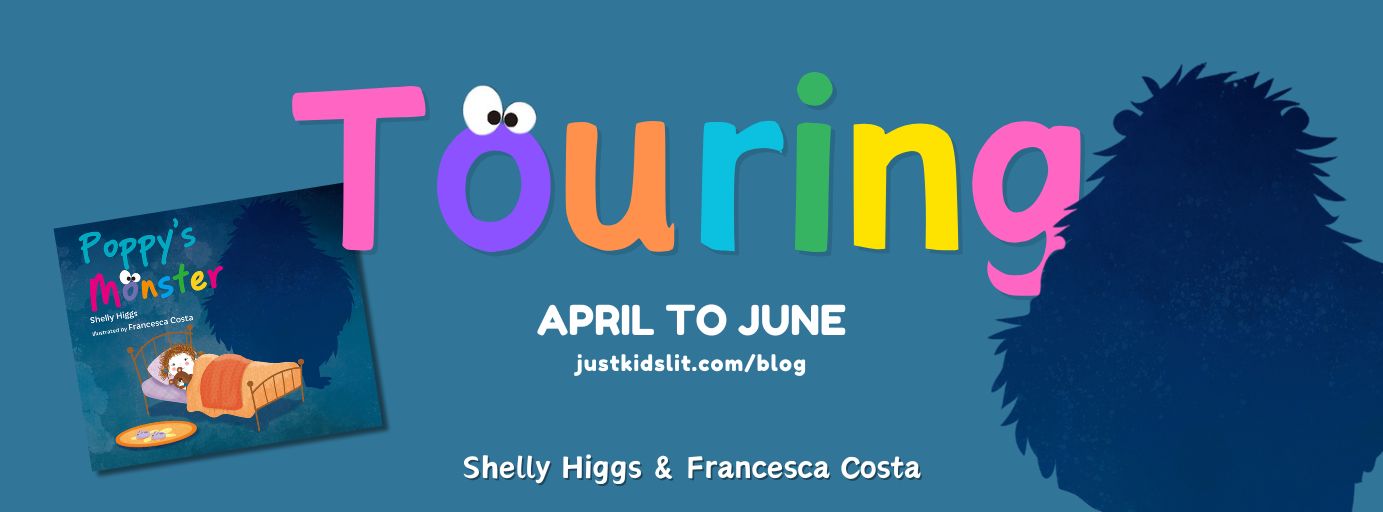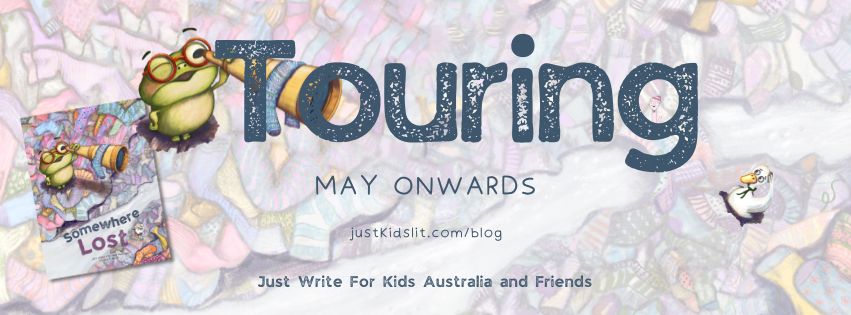 The title of this article might seem a misnomer given the physical stature of both Margaret Wild and Julie Vivas, however there is no doubt about their giant status in the picture book world. It was an absolute pleasure to hear them speak in conversation with Belinda Murrell at the CBCA Northern Sydney sub-branch Christmas party on the last day of November 2016.
The title of this article might seem a misnomer given the physical stature of both Margaret Wild and Julie Vivas, however there is no doubt about their giant status in the picture book world. It was an absolute pleasure to hear them speak in conversation with Belinda Murrell at the CBCA Northern Sydney sub-branch Christmas party on the last day of November 2016.
Margaret’s writing has long been a touchstone of mine with her exquisite use of words and her perfect emotional pitch. I return again and again to Miss Lilly’s Fabulous Pink Feather Boa and Pocket Dogs amongst others, for inspiration to bring a little of this magic into my own writing. I have a long way to go, but hearing Margaret speak was encouraging and inspiring. In conversation, Margaret was delightfully unassuming and humble. She told of how she sent the manuscript of Let the Celebrations Begin to her publisher with a note – ‘you probably won’t want this one’ (it went on to be published in several languages)
As an illustrator, Julie Vivas is iconic, having illustrated many of Margaret’s books and of course, the famous Possum Magic, by Mem Fox. Every year I bring out Julie’s The Nativity as an essential part of my Christmas display. In conversation, Julie was thoughtful, reflective and generous.
Here are the things that stood out to me from the conversation (I apologise that, as a writer myself, the focus here is more on Margaret than Julie):
On creating:
Margaret is happiest when she has an idea and ideas just come naturally – in fact, she is grumpy without an idea. She only begins to write when she knows how to start and end the story and she admits that the middle can be floppy for quite a while. Often the influences of the story are not conscious – she only realised after writing Old Pig that it was about what she had been experiencing with her mother at the time.
Julie said that when she gets a manuscript she needs an emotional link to want to do it. It can be hard if the author is set on ideas or too prescriptive, because the illustrator needs to make the book their own as they take it on.
Margaret does a lot of writing and lots of drafts – maybe as many as 20. She loves editing and making the words better, polishing the manuscript and making it the best she can. Even so, after publication she can later see places she could have improved, but is pragmatic enough to realise that it was the best she could do at that point in time.
Julie does a lot of drawing to find her way into character.
For Margaret, the most important thing is the thinking time. She says that there is nothing worse than forcing a story. Julie agrees that the worst thing is working to a deadline, but the best stage of the process is dreaming about how well she’s going to do it.
On publishing
Margaret still has stories rejected – in fact she’s rejected more than she’s published. I found this amazing! She is happy for a publisher to pinpoint flaws in her work but not make suggestions – she needs to work the story out for herself. If, in the end, it doesn’t work then she abandons it – that’s the beauty of the short-form picture book!
Julie always listens to publishers as they see the big picture even if it goes against Julie’s artistic vision – she gave the example of her vision of a darker tone to The Nativity.
On genre
Margaret says writing a picture book is a sprint and a novel is running a marathon – both totally different in strategy and technique. With a picture book you find out really quickly if it’s not working and discard it before wasting too much time, but novels take longer to discover that fact – Margaret has heaps of half finished novels in her bottom drawer.
On early influences:
It was interesting that for both Margaret and Julie, a teacher proved to be the most influential early influence on their writing – for Julie it was her mother who was also a Montessori teacher, and for Margaret it was a teacher in South Africa who loved stories and encouraged writing, and on whom, it would seem, Margaret had a bit of a crush! Clearly, you can’t underestimate the power of a good teacher.

Many thanks go to the CBCA Northern Sydney Sub-branch for hosting the night. The questions, written with insight by Lindy Batchelor and presented with warmth by Belinda Murrell, were perfect for attendees wanting to soak up the creative genius of both Julie Vivas and Margaret Wild. It is for events such as these that I encourage all writers for children to link up with local organisations such as the Children’s Book Council (CBCA) and Society of Children’s Book Writers and Illustrators (SCBWI) and keep an eye out in the industry newsletters for upcoming events.
For now, I wish every reader a happy Christmas and I hope to see you out and about in the New Year.
Debra @ debratidball.com







